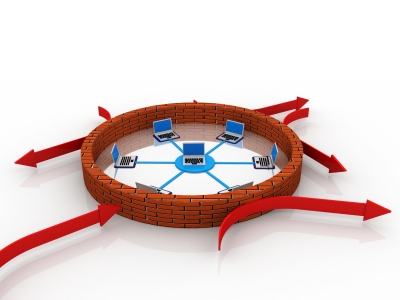Port Forwarding and You
One of the most common techniques out there for people with a remote desktop is port forwarding. This allows remote computers to access a local area network (LAN) or specific router fr om an outside location. This technique is extremely useful if you are on the go a lot but want to keep using a specific network. It is especially useful to small businesses, which use it to connect satellite offices, provide remote access to employees on the move, and more.

What is Port Forwarding?
Port forwarding, also known as port mapping, is intended to open up access to network services for specific computers that are directly on a network. Typically, somebody logging onto the Internet actually has two IP addresses – the general address used by the Internet router and the specific, hidden address used by the specific computer. The computer feeds information to the router, which then handles all incoming and outgoing information. Port forwarding allows you to open up new channels on your router that allows the flow of information in different ways. Local port forwarding can be used to overcome firewalls for certain services, while remote forwarding can give outside access to chosen machines.
Why is it Useful?
Certain networks, particularly business networks, have specific services that are sheltered beyond a firewall or other protective software. In order to access these services, port forwarding is necessary to allow computers to connect remotely. On an interior level, this technique can be used to provide certain machines with wider access than other computers on the same network. For example, if you want to restrict access to certain social media sites during work hours, you can configure your business firewall to do so. But if you want to allow your Internet marketing guru to be able to post updates to those sites, you will need to use port forwarding to allow that one computer special access.
What you Need to Set Up Port Forwarding
In order to properly map different ports to fit your individual needs, there are a few necessities. You will need to know your network's IP address, which can be found on your administrator console. For most routers, this is 192.168.0.1 or 192.168.1.1. You may need an administrator user name and password if you have already set up security on your router. Finally, you will need to know which ports you want opened to allow data to be sent and received. Once you have access to the administrator console, on screen menus can help you decide which programs should use which ports. Be sure to only map ports that you will definitely use, since each open port represents a way to access your network.
If you have trouble setting this up, you may need to disable your system's firewall or virus protection software for a short time while you map the ports. Just be sure to turn it back on once you have finished. By using this technique, you can customize your network for greater efficiency and allow a higher level of remote access, giving you your network services no matter where you go.
Image courtesy of jscreationzs at FreeDigitalPhotos.net